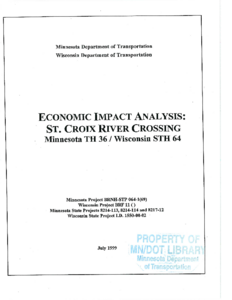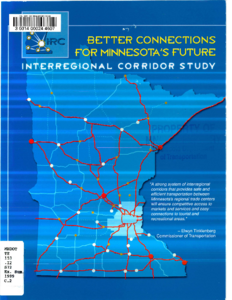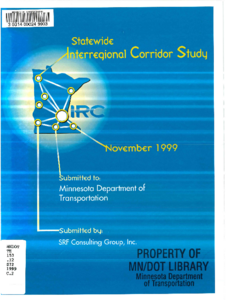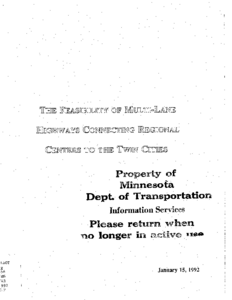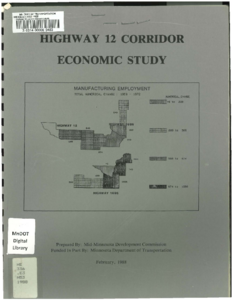Statewide Interregional Corridor Study: Executive Summary
Date Created
1999-11
Description
Statewide Interregional Corridor Study
Date Created
1999-11
Description
Highways for Economic Vitality: Report and Recommendations
Date Created
1981-02
Description

